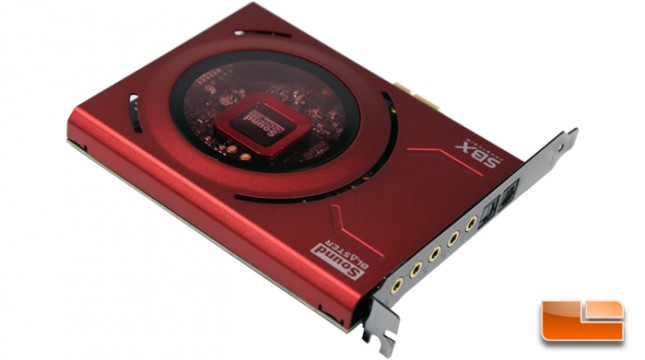

The WIFI model can handle up to 3200 MHz memory and is equipped with dual Intel ethernet controllers, a third display output courtesy of a second HDMI port, and is USB 3.0 compatible only. The Gaming 5 model supports slightly higher memory (3333 MHz) and sports a single Killer gigabit NIC, two display options, and a USB 3.1 connectivity. Both have six SATA 6 Gbps ports, four of which are part of the two side-mounted SATA Express connector blocks, an M.2 slot with PCI-E x4 support on the back, an Intel-based 802.11ac/Bluetooth 4.2 adapter, and two DDR4 DIMM slots allowing up to 32GB of RAM. On paper, the two boards are more similar than different. The Gaming 5 also includes a case sticker and door hanger, and its SATA cables are a more fanciful silver color rather than boring black. Both boards ship with the usual driver discs, documentation, and I/O shield, two SATA cables, as well as the same WiFi antenna with a magnetic base. Spend any less and you’re looking mostly at non-enthusiast H170 or B150 chipset mainboards with no overclocking capabilities.īeing the more upscale model, the Z170N-Gaming 5 ships in a more decorative box adorned with promotional imagery for Heroes of the Storm, Blizzard’s popular multiplayer battle arena game. Priced at about US$150 and US$135, they’re two of the cheapest such models on the market. Though based on the same Z170 chipset and mini-ITX form factor, they’re more barebones, offering little in the way of extras and premium features. The Gigabyte Z170N-Gaming 5 and Z170N-WIFI take a decidedly more pragmatic approach. Though an excellent board, it’s the most expensive ( US$240) model of its kind and overkill for the majority of DIYers. It’s packed with features like discrete audio, a high-end voltage regulation system, and even an add-on fan controller card. The first mini-ITX Skylake motherboard we examined was the Asus Maximus VIII Impact.


 0 kommentar(er)
0 kommentar(er)
